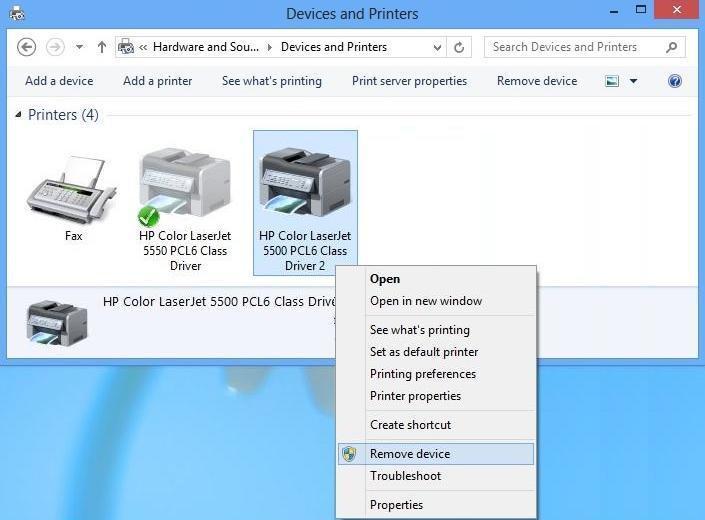
- #WHAT PRINTERS COME WITH AN ADOBE POSTSCRIPT DRIVER HOW TO#
- #WHAT PRINTERS COME WITH AN ADOBE POSTSCRIPT DRIVER SERIAL#
- #WHAT PRINTERS COME WITH AN ADOBE POSTSCRIPT DRIVER DRIVERS#
- #WHAT PRINTERS COME WITH AN ADOBE POSTSCRIPT DRIVER DRIVER#
*1 - The idea was already used years before by Atari for the SLM 804. No, the reasons are still different interfaces, different interface protocols and of course printers without Postscript.
#WHAT PRINTERS COME WITH AN ADOBE POSTSCRIPT DRIVER DRIVERS#
Or was it a different language? If so, is that the reason drivers continued to be needed? In that case the issue of obviating the need for printer drivers should stand. Oh, and don't forget, it solved the Apple/Adobe fight by making Adobe lower the price to a level Apple could agree to. It's the base for Microsoft's own Postscript interpreter (used on top of GDI), as well as being implemented by Oki in their Postscript (compatible) laser printers. Was it actually such in the sense of an independent reimplementation of the same language?

The summary calls TrueImage a PostScript clone.
#WHAT PRINTERS COME WITH AN ADOBE POSTSCRIPT DRIVER DRIVER#
Printers can be as primitive as possible, since all high-level handling is done in the GDI driver - a component that is already on the PC to handle screen output anyway (*2).ĭuring the 90s GDI-printers where quite successful - not in the least due their price advantage. Its use is the counter-thesis to what you expect of Postscript. GDI (Graphics Device Interface) is the device independent rendering engine of Windows. In fact, all these reasons made Microsoft introduce the GDI-printers (*1).
#WHAT PRINTERS COME WITH AN ADOBE POSTSCRIPT DRIVER HOW TO#
Which would contain its own knowledge of how to translate it to bitmap on paper. It's the very basic idea of Postscript to be device agnostic. Postscript only cares for document description, not interface handling. Centronics or USB), but also by what printer is connected.
#WHAT PRINTERS COME WITH AN ADOBE POSTSCRIPT DRIVER SERIAL#
The point is that this not just differs between interfaces (like serial vs. Starting with what lines of a Centronics interface are supported or if there's a way (and which way) for return information. To begin with, how to communicate with that printer? Keep in mind the underlying layer isn't as defined as one might think. Which in turn may need considerably less knowledge about a printer but still does need some.

It may (and does) contain many more information than just what a printer needs.

They save every program from needing its own separate encyclopedic knowledge of every printer on the market.īut then came PostScript, the theory behind which was that you would prepare a printable file in a standard formatįor one, Postscript isn't a standard format printable file, but a standard format document description. Was it actually such in the sense of an independent reimplementation of the same language? In that case the issue of obviating the need for printer drivers should stand.

right, here's a summary of that event: which also refers to the same book I read about it in. At some point Apple and Microsoft got together to create an alternative. I know there was an issue with Adobe charging on the order of a thousand dollars for a PostScript license, which was fine when a laser printer cost ten thousand, but problematic when printers got cheaper. Yet decades later, printer drivers are still with us. In the days of dot matrix printers connected by RS-232 or the IBM/Centronics parallel port, each with its own quirky set of commands, it's obvious why printer drivers were a necessary and important invention: they save every program from needing its own separate encyclopedic knowledge of every printer on the market.īut then came PostScript, the theory behind which was that you would prepare a printable file in a standard format and throw it at the printer, which would contain its own knowledge of how to translate it to bitmap on paper.


 0 kommentar(er)
0 kommentar(er)
